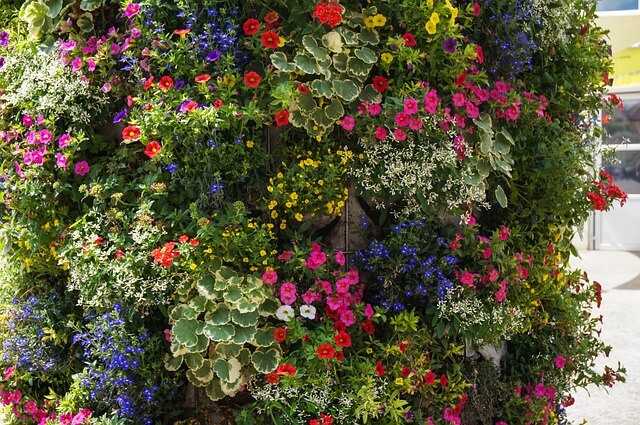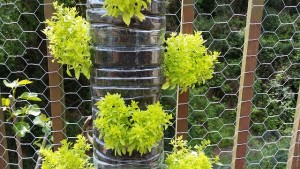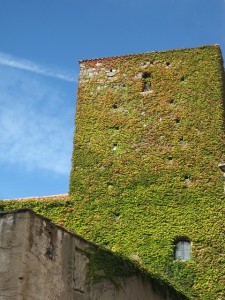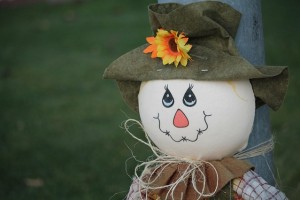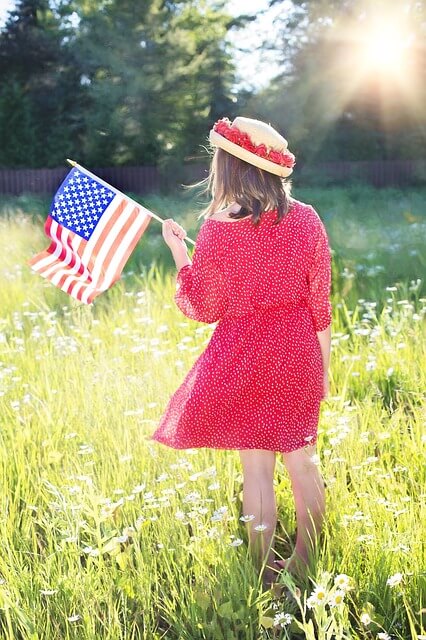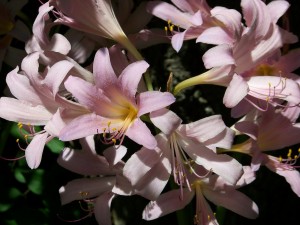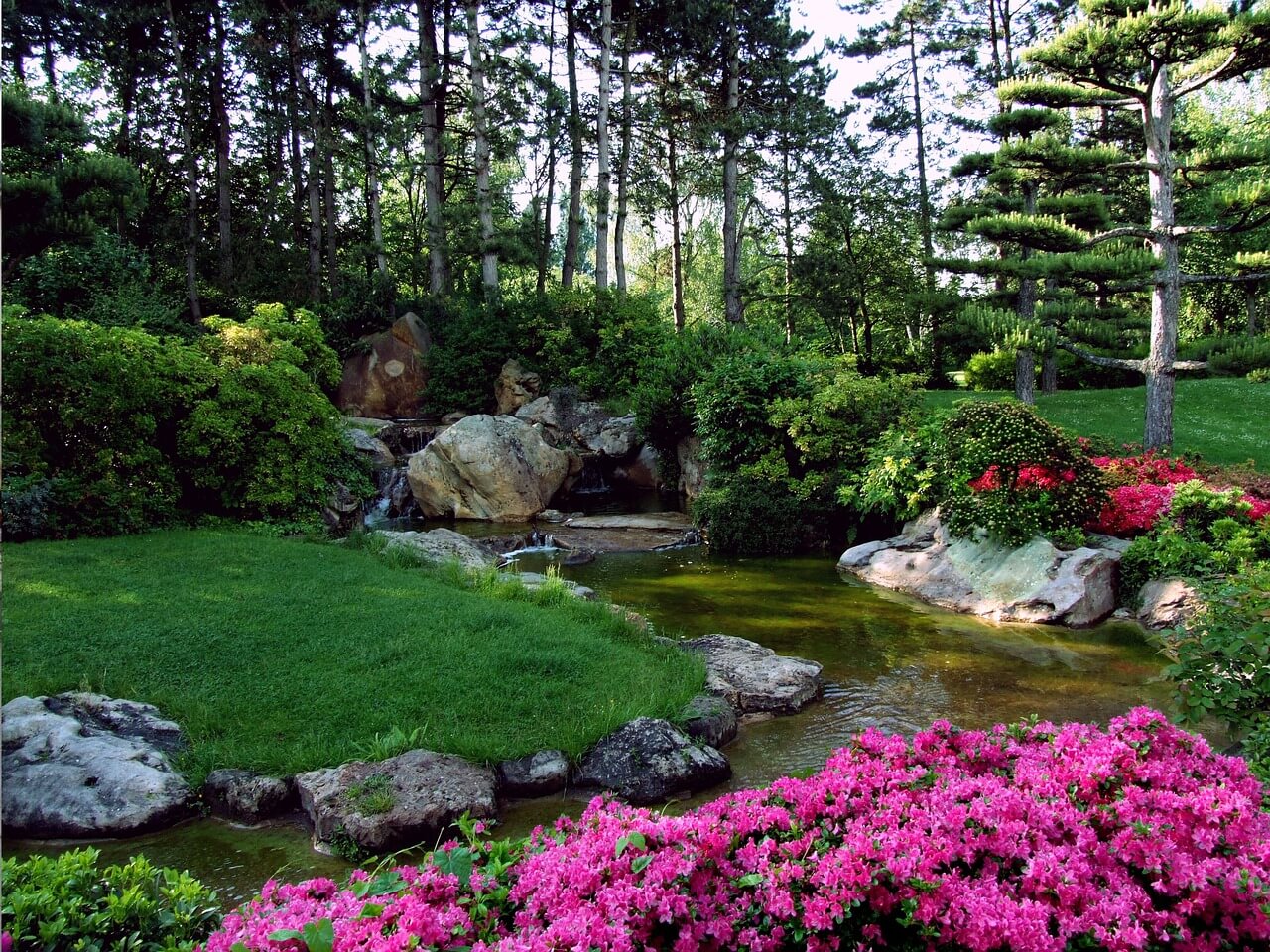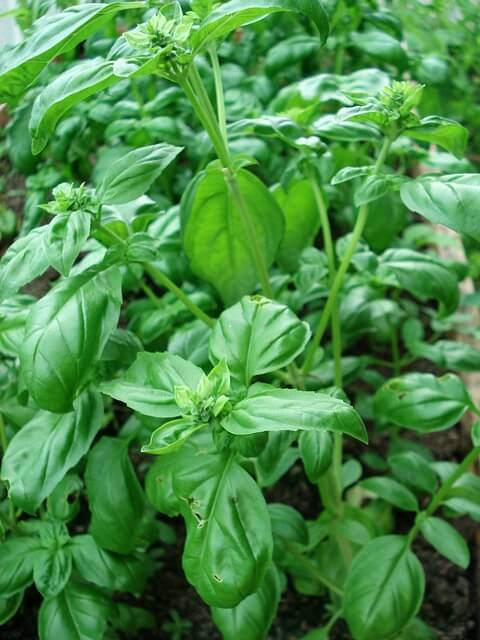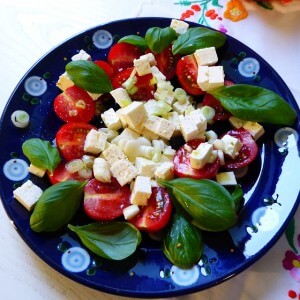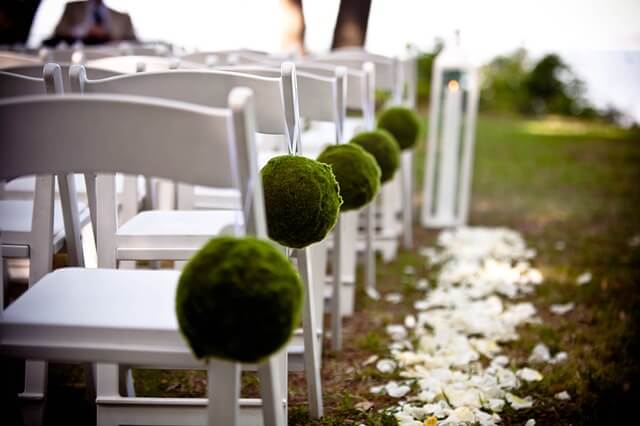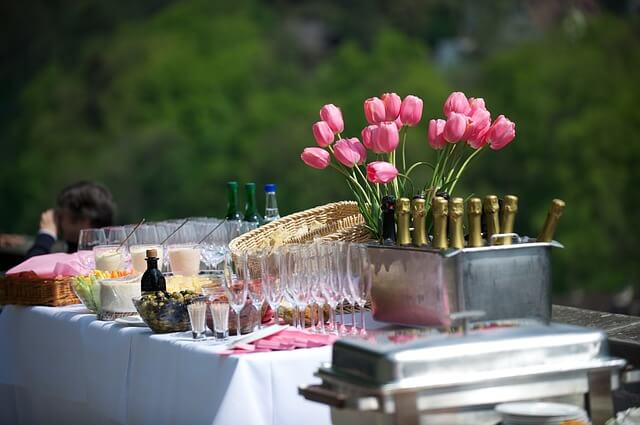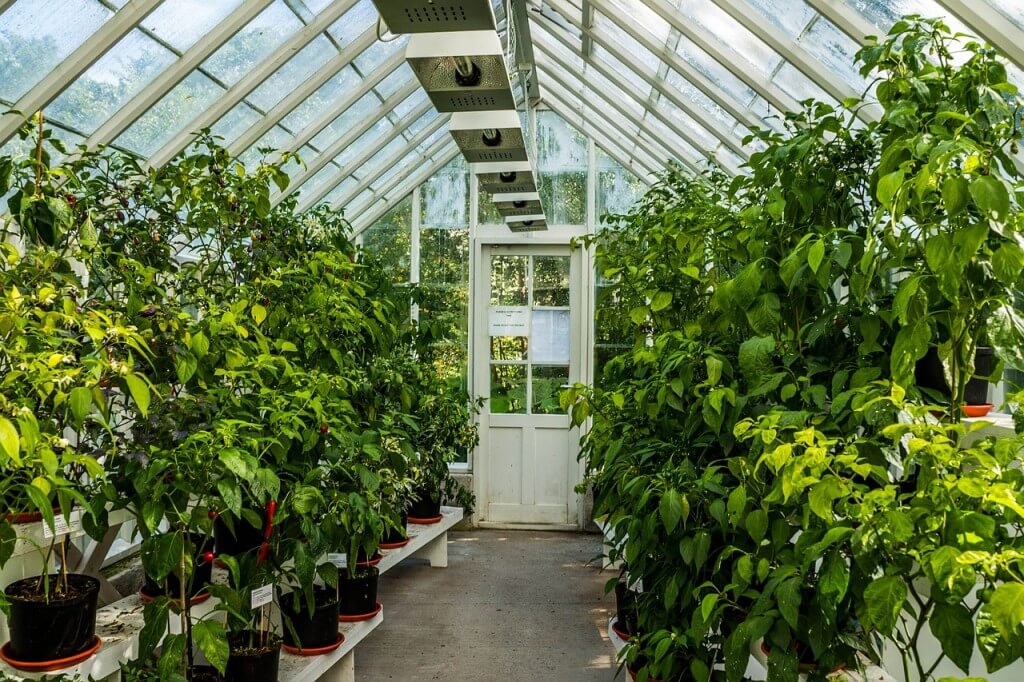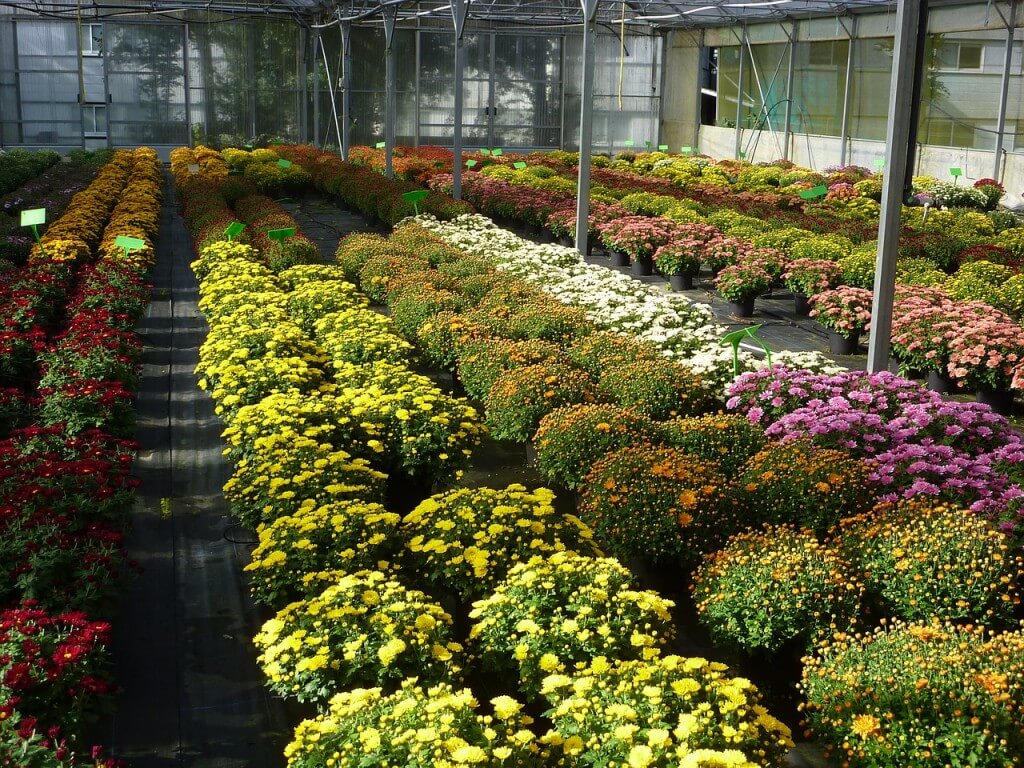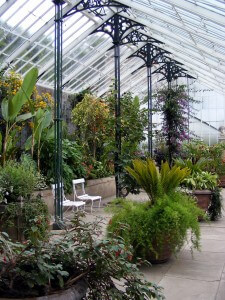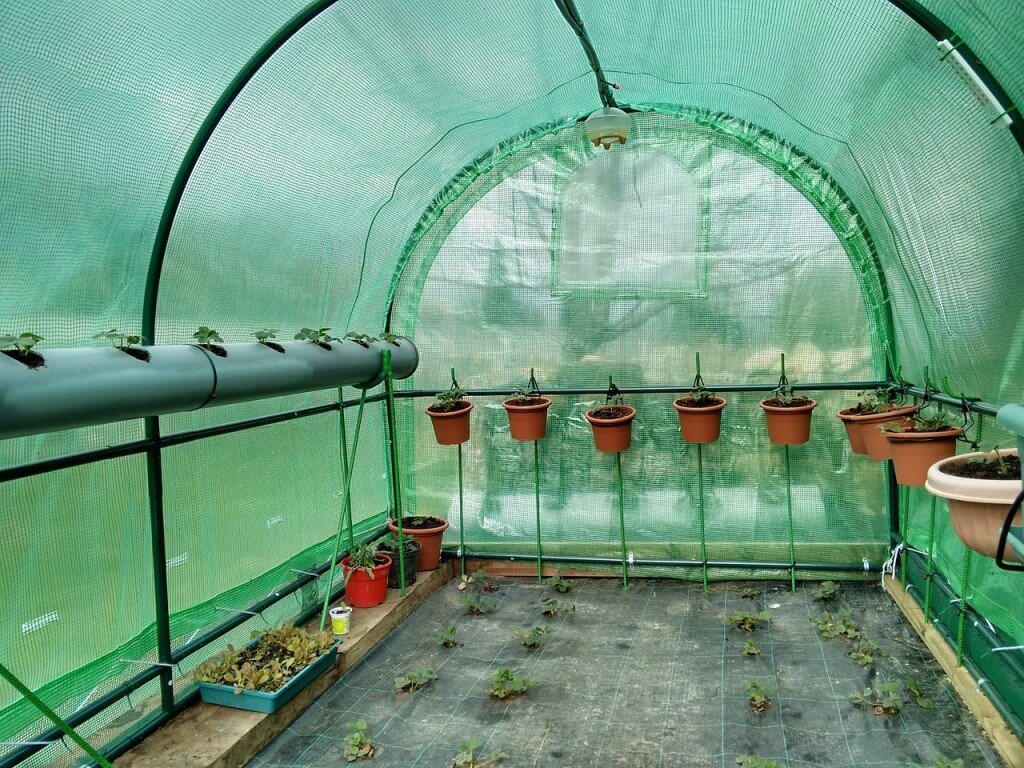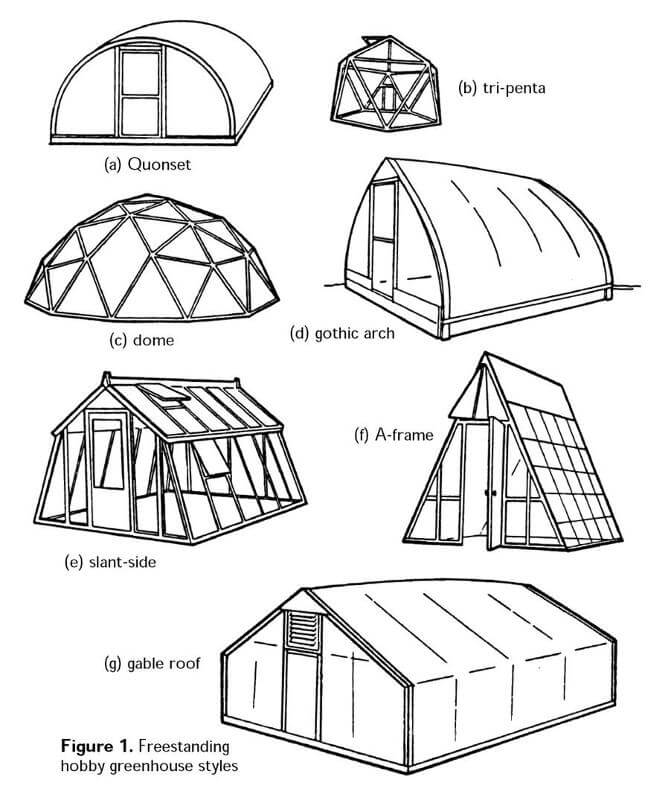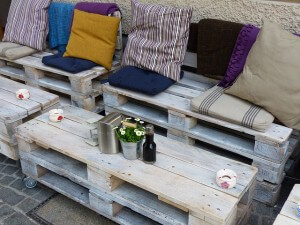 A DIY trend that has been prevalent online this summer concerns using pallets for creating furniture and all sorts of things. So Whispering Springs Nursery wants to share another DIY use for pallet with you. In this blog we will discuss creating a Vegetable Pallet Garden!
A DIY trend that has been prevalent online this summer concerns using pallets for creating furniture and all sorts of things. So Whispering Springs Nursery wants to share another DIY use for pallet with you. In this blog we will discuss creating a Vegetable Pallet Garden!
To begin with, you will need to get supplies. Pallet gardening is very simple, all you need is a wood pallet, some seeds and some good soil. Pallet gardening is excellent for new gardeners to try, is a great project for children and is good if you simply want to mix things up a little bit.
Tips for Choosing a Wood Pallet
New Pallets- if you prefer to start your garden with a new pallet, a quick Google search can help you find a distributor in your area. Generally, these pallets can be purchased for around $10.
(Looking for a bit more do-it-yourself fun? You can always stop by her local supply store such as Home Depot or Lowe’s, and get the wood and supplies you need to build your own wood pallet. However, sometimes it’s cheaper to go ahead and buy one already made.)
Recycled Wood Pallets- If you decide to use recycled pallets, check on the side to see if the pallet has been stamped with “HT.” This means that the pallet with heat-treated, instead of chemically treated. However, even if you do find the HT stamp, there is still no way to tell if chemicals were spilt onto your wooden pallet. To try to kill bacteria and remove chemicals from your old pallet, scrub the wood with a mix of bleach and soapy water (beware of rusty nails or staples); then let the pallet dry out completely before using it to plant anything. *Browse recycled wood pallets in Georgia here.
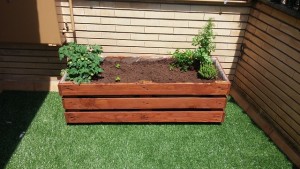 Planting Your Garden
Planting Your Garden
After you have selected your pallets and decided how many you are going to use, place the pallets on a flat surface in your yard. Adding landscape fabric / cloth or even a plastic barrier to the back of your pallet is optional. (Side note: one of the amazing advantages of pallet gardening is that you can put the pallets on the ground, on tables for easier reach or you can even use it as the base for a vertical garden.)
Fill your pallet with good quality potting soil or a container mix; using regular garden soil designed for planting beds is NOT recommended as it is too heavy for a pallet garden. Now it is time to plant your seeds or plants, whichever you have. Be sure your plants are positioned firmly in place. If you are planting a salad garden, you may want to plant one type of vegetable in each pallet so you can easily differentiate between them (of course a garden sign will help too). That is it! It really only takes a few simple steps to create a perfect pallet garden.
Plant Suggestions
If pallet gardening seems like it is for you, here are a few suggestions of what others have found to grow well in pallets:
Bell peppers, eggplant, candlelight hot peppers, bush beans, spinach, cabbage, bush squash, summer squash, lettuce, cabbage, radishes, peas, beets, kale, scallions, ‘Tiny Tim’ and ‘Patio Hybrid’ tomatoes, to just name a few.
Be sure to try and choose plants that come in pest and disease resistant varieties. If you are unsure about these varieties, please feel free to contact us at Whispering Springs Nursery anytime! We are always happy to help fellow gardeners and love hearing about your new garden projects!
We hope you’re having a wonderful summer, and as always, happy gardening!



